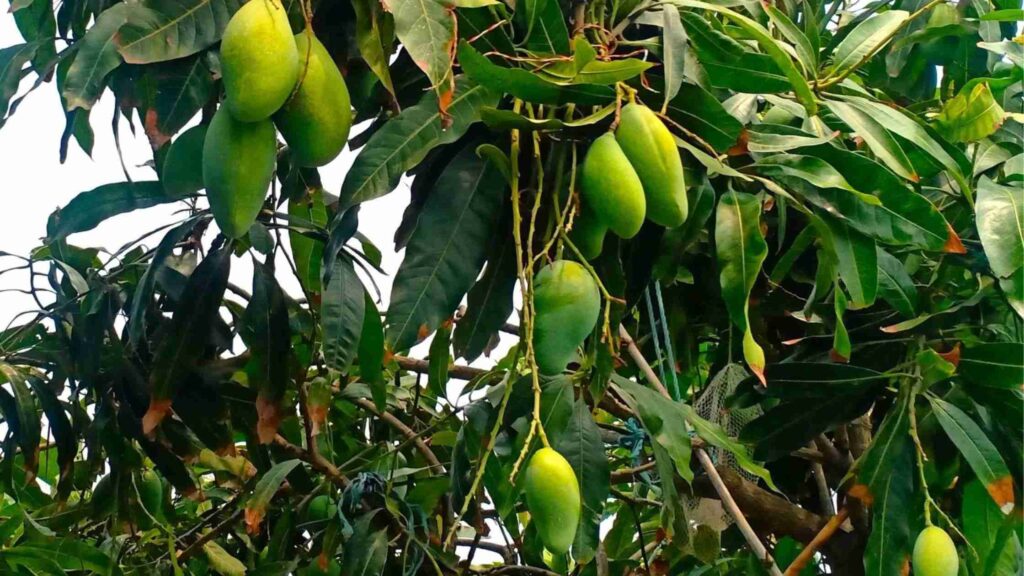Hips are the pods in which rose seeds grow. These rose hips need to reach full maturity before being chopped to extract the seeds. The rose hips are green when they first sprout, but as they become bigger, they will eventually turn red, orange, or brown. From the moment they first appear on the bush until they are ripe and ready to be collected, they typically take between 70 and 100 days. Here we will learn how to grow rose from seed with step-by-step guidance. Get expert tips on seed planting, and care for beautiful rose plants.
Seedlings the Mature Rose Hips

I gently cracked open mature rose hips to reveal the seeds inside. The seeds are surrounded by hairs and flesh. The flesh is the fruit of the rose. Depending on the variety, there may be anywhere from 3 to 5 seeds per hip, though this can vary significantly. Let them dry for 2 days in the sun to get rid of any fungus or bacteria.
Container Selection
To ensure adequate water drainage, I set up a medium-sized pot with bottom drainage holes. Then I mixed 30% garden soil, 20% organic compost, 20% cocopeat, 20% river sand, and 10% bone meal to create the soil mix. I made sure the soil mixture was damp but not drenched when I filled the pot with it.
I sowed approximately 8-10 seeds onto the surface of the soil mix, as many seeds may not germinate despite efforts. Space them evenly and lightly cover them with the soil mix, ensuring they are buried about a quarter-inch deep. To guarantee that the seeds make good contact with the earth, gently press down on it.
Cold Treatment for Seeds for Warm Climate

I watered the planted rose seeds thoroughly and placed the pot in direct sunlight outdoors, ensuring the soil remained slightly moist throughout for optimal germination.
For warm climates where seeds typically require cold treatment for germination, I placed the seeds in a paper towel within a plastic box and refrigerated them at 4-6 degrees Celsius for 18 to 25 days before planting them in the soil mix.
It took up to 20-30 days for the first signs of germination to appear, usually in the form of two seed leaves emerging from the soil, known as cotyledons. Keep the pot consistently watered, avoiding saturation, as dry soil can hinder germination. As the days progressed, true leaves began to develop, resembling the foliage of the rose plant but possibly smaller in size.
The primary function of true leaves is to undergo photosynthesis, generating food crucial for the plant’s growth. Seed sprouting typically thrives in cooler weather but may cease in hotter conditions. Germination times vary among different rose types and varieties. Regular watering is essential to maintain slightly moist soil, avoiding overwatering and waterlogged conditions.
Ensuring Light and Air Circulation
Around 55 days, I ensured ample light and proper air circulation to deter diseases and pests in the rose seedlings. I kept the soil consistently hydrated, preventing it from drying out. By day 64, the rose plant’s leaves should have emerged, growing to a length of 6-10 inches. By day 68, small buds encircled by sepals, the green leaves at the flower base, will form.
Around day 70, the time for roses to bloom varies, so patience is key. Continue watering, maintaining thoroughly moist soil without overwatering. By day 75, stems strengthen, and roots deepen, aiding growth above ground.
Around day 80, blooms have been appeared roughly two weeks after bud emergence. With seeds, outcomes are unpredictable, offering surprises in appearance and quality.
By day 81, blooms typically last 4 to 5 days on average. The plant shifted its energy from leaf production to blooming. More plants have developed buds over time. At that stage, the rose plant has been transplanted into individual pots.
Transplanted the Rose Plant

By day 85, smaller plants turned into smaller blooms. Deadheading spent blooms promote strong development and start the subsequent flowering cycle. Rose seedlings grow to a height of 6 to 8 inches at this stage.
Collection Period

The rose hips turn entirely crimson, orange, or brown after 90 days of growth from their modest, green beginnings. When they first emerge on the bush, it normally takes them 80–100 days to ripen and become suitable for collection.



